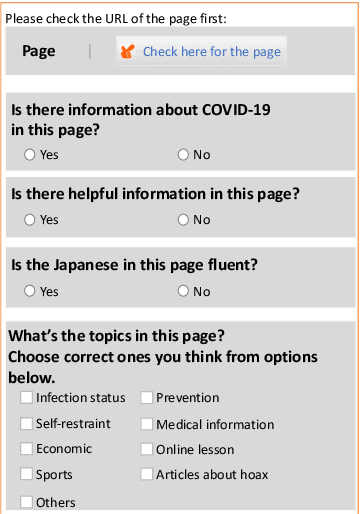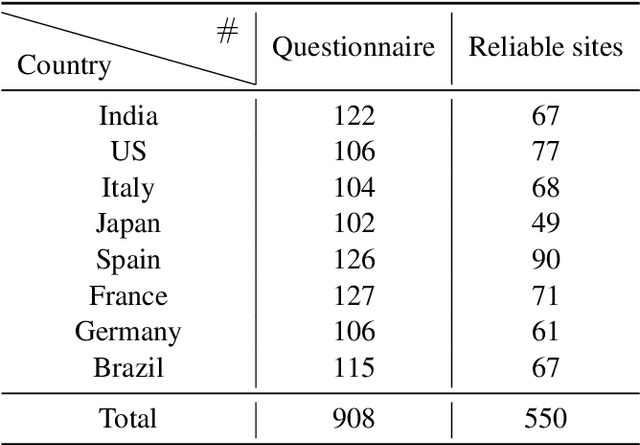Honai Ueoka
Frustratingly Easy Edit-based Linguistic Steganography with a Masked Language Model
Apr 20, 2021



Abstract:With advances in neural language models, the focus of linguistic steganography has shifted from edit-based approaches to generation-based ones. While the latter's payload capacity is impressive, generating genuine-looking texts remains challenging. In this paper, we revisit edit-based linguistic steganography, with the idea that a masked language model offers an off-the-shelf solution. The proposed method eliminates painstaking rule construction and has a high payload capacity for an edit-based model. It is also shown to be more secure against automatic detection than a generation-based method while offering better control of the security/payload capacity trade-off.
A System for Worldwide COVID-19 Information Aggregation
Jul 28, 2020



Abstract:The global pandemic of COVID-19 has made the public pay close attention to related news, covering various domains, such as sanitation, treatment, and effects on education. Meanwhile, the COVID-19 condition is very different among the countries (e.g., policies and development of the epidemic), and thus citizens would be interested in news in foreign countries. We build a system for worldwide COVID-19 information aggregation (http://lotus.kuee.kyoto-u.ac.jp/NLPforCOVID-19 ) containing reliable articles from 10 regions in 7 languages sorted by topics for Japanese citizens. Our reliable COVID-19 related website dataset collected through crowdsourcing ensures the quality of the articles. A neural machine translation module translates articles in other languages into Japanese. A BERT-based topic-classifier trained on an article-topic pair dataset helps users find their interested information efficiently by putting articles into different categories.
 Add to Chrome
Add to Chrome Add to Firefox
Add to Firefox Add to Edge
Add to Edge